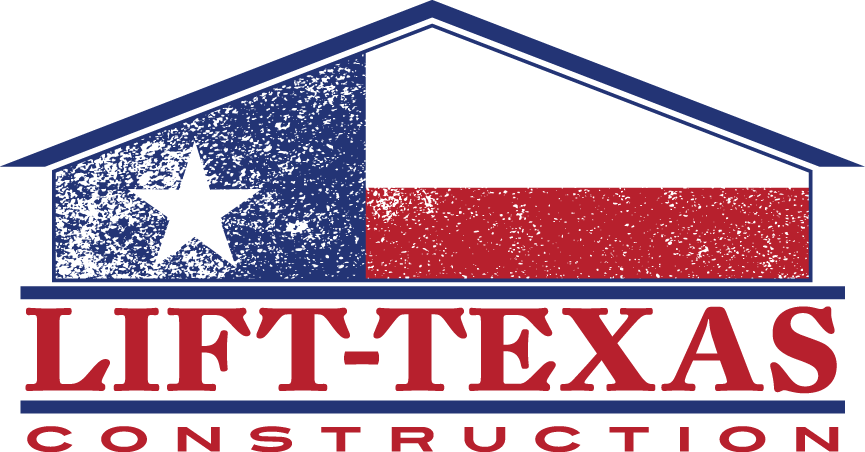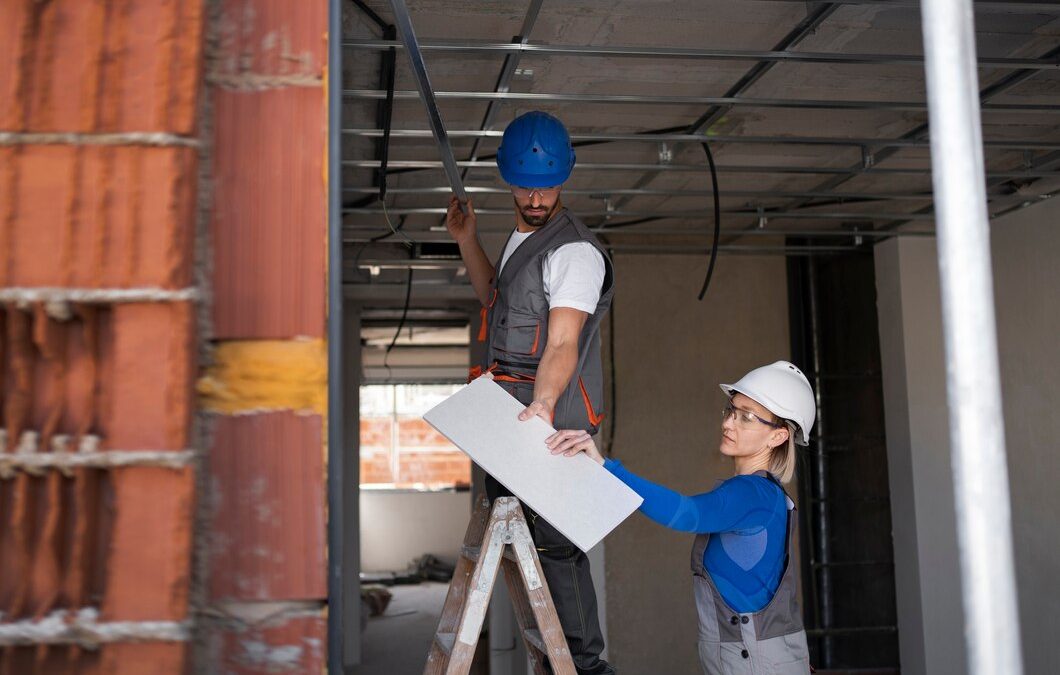Foundation issues can cause serious problems for your home if not addressed promptly. Early detection is key to preventing costly repairs and ensuring your home remains safe and stable. Knowing what to look for can help you catch these issues before they escalate.
Many homeowners overlook the subtle signs of foundation problems until they become major concerns. Cracks in the walls, uneven floors, or doors that don’t close properly can all be indicators of underlying foundation issues. By understanding these signs, you can take proactive steps to fix the problems and avoid more extensive damage.
Common Signs of Foundation Problems
Recognizing the early signs of foundation problems can save you time and money. Here are some common indicators that your home’s foundation might need attention:
- Cracks in Walls and Floors: One of the most obvious signs of foundation issues is the appearance of cracks in the walls or floors. These cracks can be vertical, horizontal, or even zigzag. Pay attention to cracks that are wider than a quarter-inch, as these may indicate more serious problems.
- Doors and Windows That Stick: If you notice that doors and windows are difficult to open or close, it could be due to foundation settling. Misaligned doors and windows often point to a shifting foundation that needs to be inspected.
- Uneven or Sloping Floors: A noticeable tilt or sagging in your floors is another red flag. Use a level to check if your floors are uneven. If they are, it could mean that your foundation is sinking or shifting.
- Gaps Around Doors and Windows: Gaps between the frames of doors or windows and the walls are a common sign of foundation issues. These gaps can let in drafts and pests, leading to further complications.
- Bowing Walls: If you see walls that are bowing inward or appear to be tilting, it’s a sign that there is significant pressure on the foundation. This issue is serious and requires immediate attention.
How to Perform a Visual Inspection
Performing a visual inspection of your foundation can help you detect issues early. Follow these steps to conduct a thorough check:
- Walk Around Your Home: Start by walking around the exterior of your home. Look for cracks in the foundation, gaps in the bricks, or any apparent settling. Check for leaning walls or chimneys, as these can also indicate foundation problems.
- Inspect the Basement or Crawl Space: Inside your home, examine the basement or crawl space for any signs of moisture, mold, or water damage. These could be indicative of foundation cracks or poor drainage.
- Check Interior Walls and Floors: Walk through each room and inspect the walls for cracks, especially around doors and windows. Use a level to check if your floors are even. Keep an eye out for any new or growing cracks in the walls or ceilings.
- Open and Close Doors and Windows: Test all the doors and windows in your home. If they stick, don’t close properly, or you notice gaps around them, it could be a sign of foundation movement.
- Examine the Attic: Look in the attic for any cracks in the roof or separation at the joints. Check for signs of water damage or sagging rafters, which could be associated with foundation problems.
By following these steps to perform a visual inspection, you can identify potential foundation issues early on. This allows you to address them before they become more severe and costly to repair.
Using Tools and Technology to Detect Issues
While a visual inspection is a good start, using tools and technology can help identify foundation issues more accurately. Here are some tools that can assist in detecting problems:
- Laser Level: A laser level helps you check for uneven floors and walls with high precision. Place the laser level in different rooms to see if there are any uneven spots that may indicate foundation movement.
- Moisture Meter: A moisture meter measures the level of moisture in walls and floors. High moisture levels can signal water leaks or poor drainage, leading to foundation damage. Using a moisture meter helps you catch these issues early.
- Crack Monitors: Crack monitors are small devices that you place over a crack in the wall. They measure any movement in the crack over time. If the crack widens, it could indicate ongoing foundation issues that need attention.
- Infrared Cameras: Infrared cameras detect temperature differences in your home, which can point to insulation problems or moisture issues. Spotting these can help you identify areas where foundation problems might be lurking.
- Smart Sensors: Some smart sensors are designed to monitor the health of your foundation continuously. These sensors can alert you to any unusual activity or changes, allowing you to take immediate action.
Using these tools helps you get a clearer picture of your foundation’s condition and catch potential problems before they become major issues.
When to Call a Professional for Assessment
Identifying foundation problems early can save you a lot of time and money. However, there are times when it’s best to call a professional for a comprehensive assessment. Here are situations where a professional’s expertise is crucial:
- Severe Cracks: If you notice significant cracks in your walls, floors, or foundation, it’s time to call an expert. Large or growing cracks can indicate serious structural issues that need professional attention.
- Persistent Water Issues: If you find recurring moisture problems in your basement or crawl space, it might be a sign of foundation damage. A professional can identify the source and recommend effective solutions.
- Bowing or Tilting Walls: Walls that bow inward or tilt are a sign of severe foundation stress. This issue requires immediate professional evaluation to prevent further damage.
- Doors and Windows That Won’t Close: If multiple doors or windows in your home are sticking or won’t close properly, it’s time for a professional assessment. This issue often signals widespread foundation movement.
- Foundation Settling: If your home appears to be sinking or settling unevenly, you should call a professional. They can determine the extent of the settling and recommend the best course of action.
- Planning Renovations: Before starting major renovations, it’s wise to have your foundation inspected by a professional. They can ensure the foundation is solid and capable of supporting any modifications.
The Importance of Knowing the Signs of Foundation Damage
Detecting foundation issues early is crucial for maintaining your home’s safety and stability. By recognizing common signs, conducting visual inspections, and using advanced tools, you can identify potential problems before they escalate. Understanding when to call a professional ensures you promptly address severe issues, safeguarding your home and investment.
Taking these proactive steps helps you keep your home in great shape and prevents costly repairs down the line. Being vigilant about your foundation’s condition is essential, whether it’s a minor crack or a more serious issue.
For expert help with foundation issues, contact Lift-Texas Construction. Our team is dedicated to elevating your home’s safety and stability to a whole new level. Contact our foundation repair company in DFW today to schedule a professional assessment and keep your home strong and secure!

